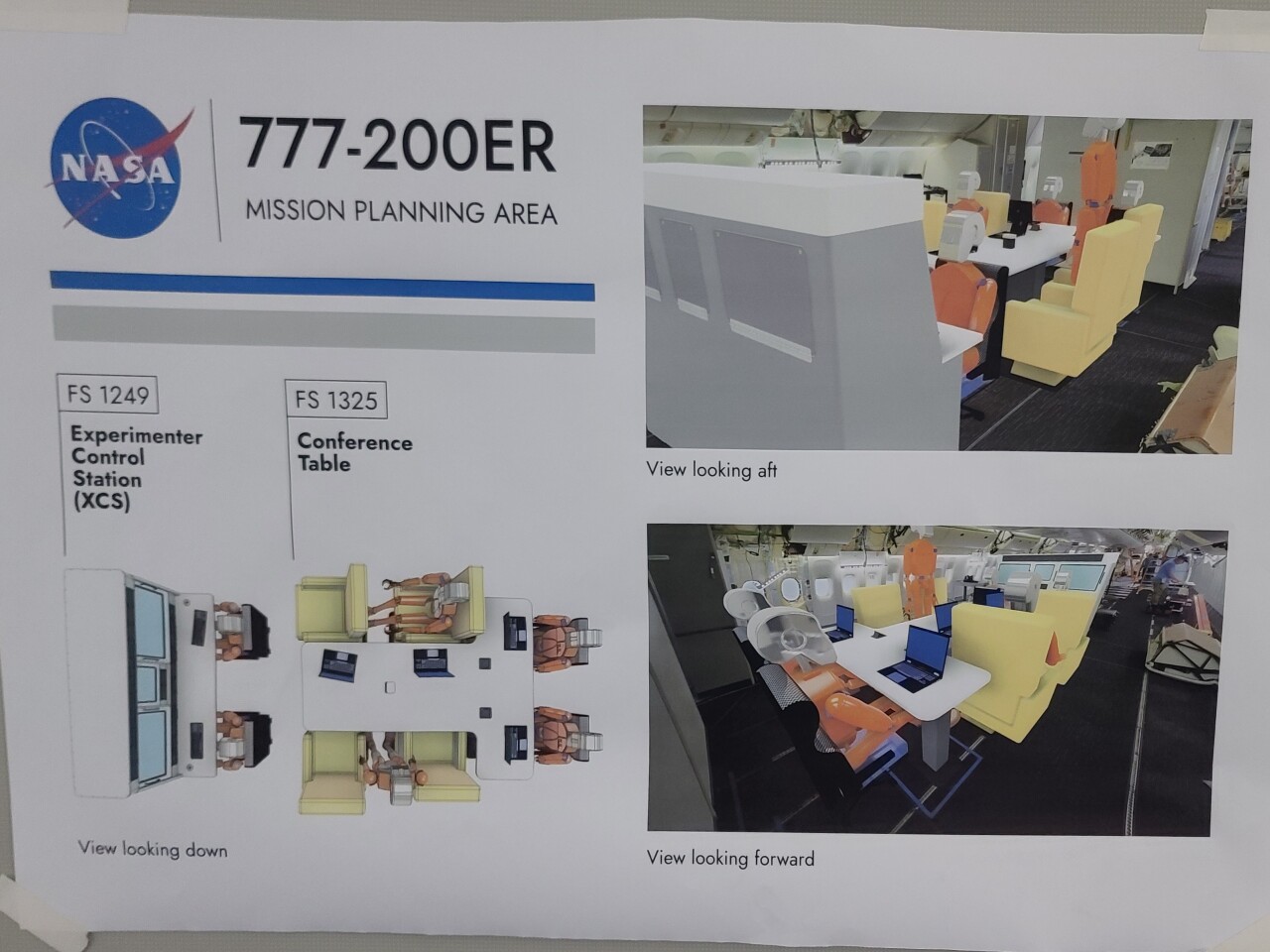HAMPTON, Va. — The Boeing 777 sitting in NASA Langley Research Center’s hangar isn't any ordinary plane. It's being converted into a science lab for researchers to better understand our atmosphere and oceans.
Acquired in December 2022 from an airliner based in Japan, NASA Langley Research Center is in its second year of renovating the plane.
“We’re intending to have about 20+ instruments on board," said Debbie Martínez, NASA’s Deputy Director for Research Services Directorate. "And the beauty of this plane is that we’ll be able to have potentially over 100 researchers including students.”

Some of those instruments aboard will be in-situ instruments to sample the air composition at the aircraft level, and others will be remote-sensing instruments to sample the atmosphere’s vertical profile. The data collected will be used to validate and better interpret satellite measurements collected every 15 days.
This will help researchers better understand the atmosphere’s composition, weather dynamics, the cryosphere, ocean biology and, ultimately, climate change.

Hampton
Solar sailing: Langley Research Center tech could 'revolutionize space travel'
This plane will also be fitted with different research stations and seating. Once modifications are done, this plane will replace the retiring DC-8 aircraft at NASA Neil A. Armstrong Flight Research Center in California.
“This is a really unique aircraft in that it allows us to access parts of the world that are really difficult with smaller aircraft," Amin Nehrir, a research scientist at NASA Langley Research Center said. "So the former DC-8 could access both poles, but this aircraft having the endurance that it does allows us to be able to carry out more science longer in remote parts of the world.”

This plane has the capability for up to an 18-hour flight and will complete missions around the world. Researchers will propose to come to this aircraft with a payload and carry out different science missions.
The first mission for this plane is set to take place in January 2026 researching winter storms. A second mission is already scheduled in Mexico.
















